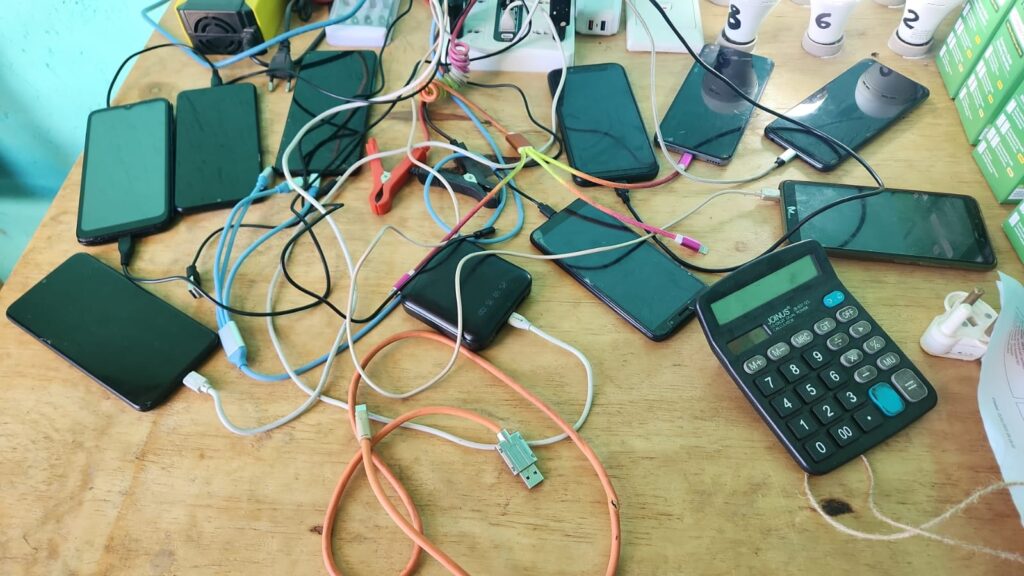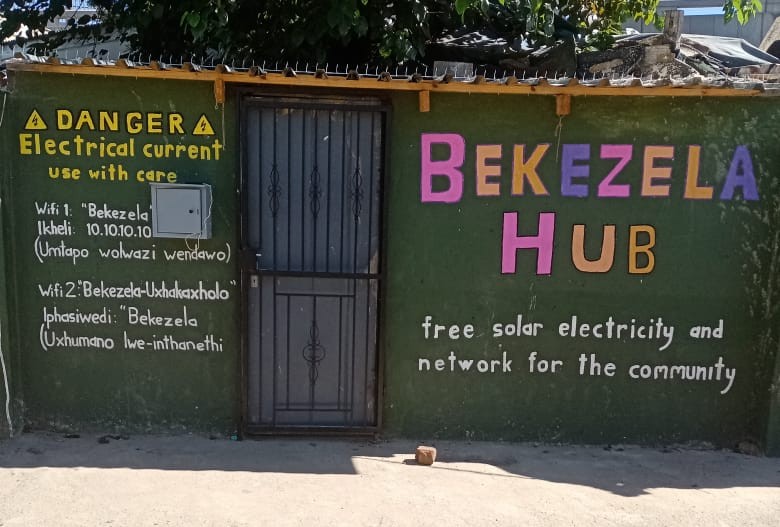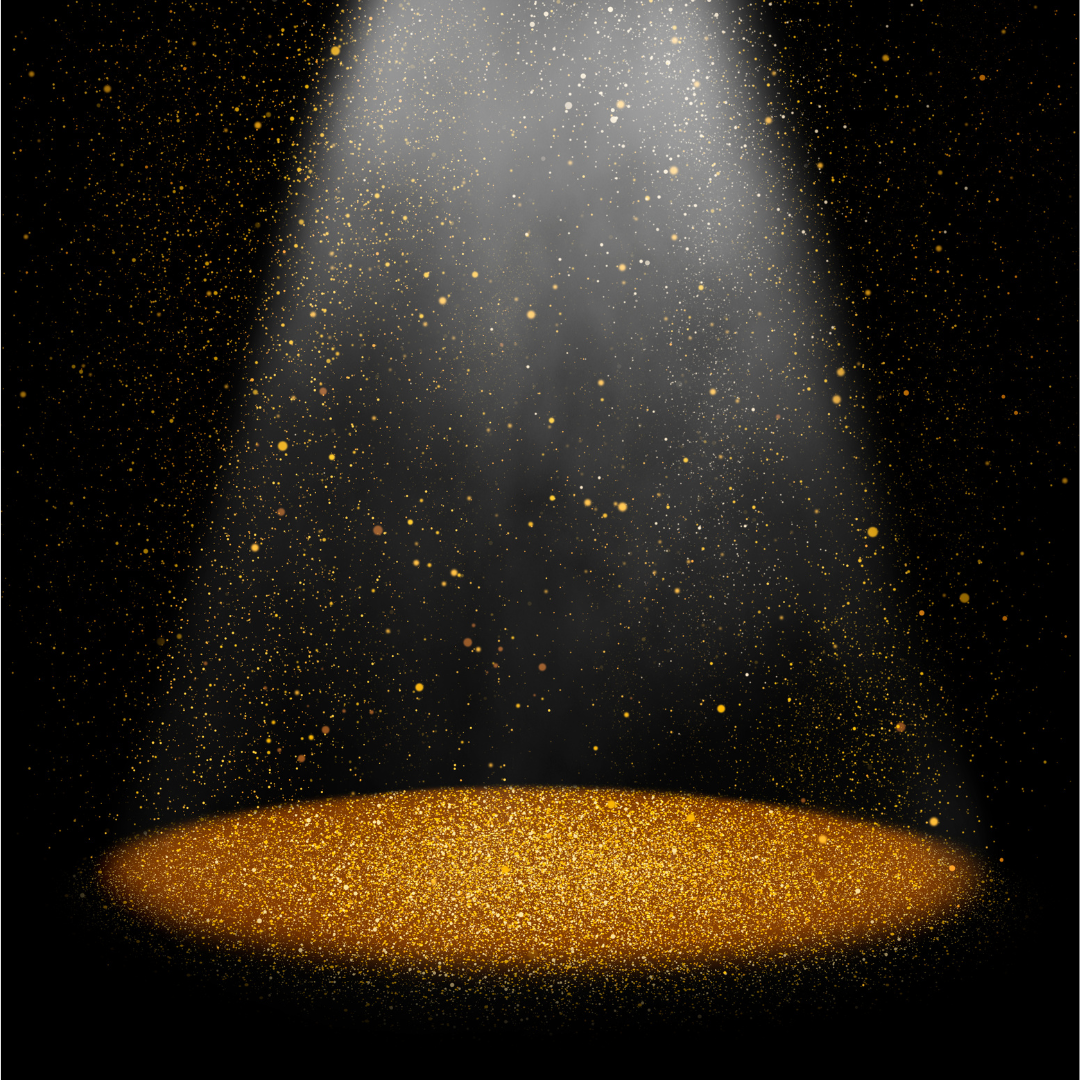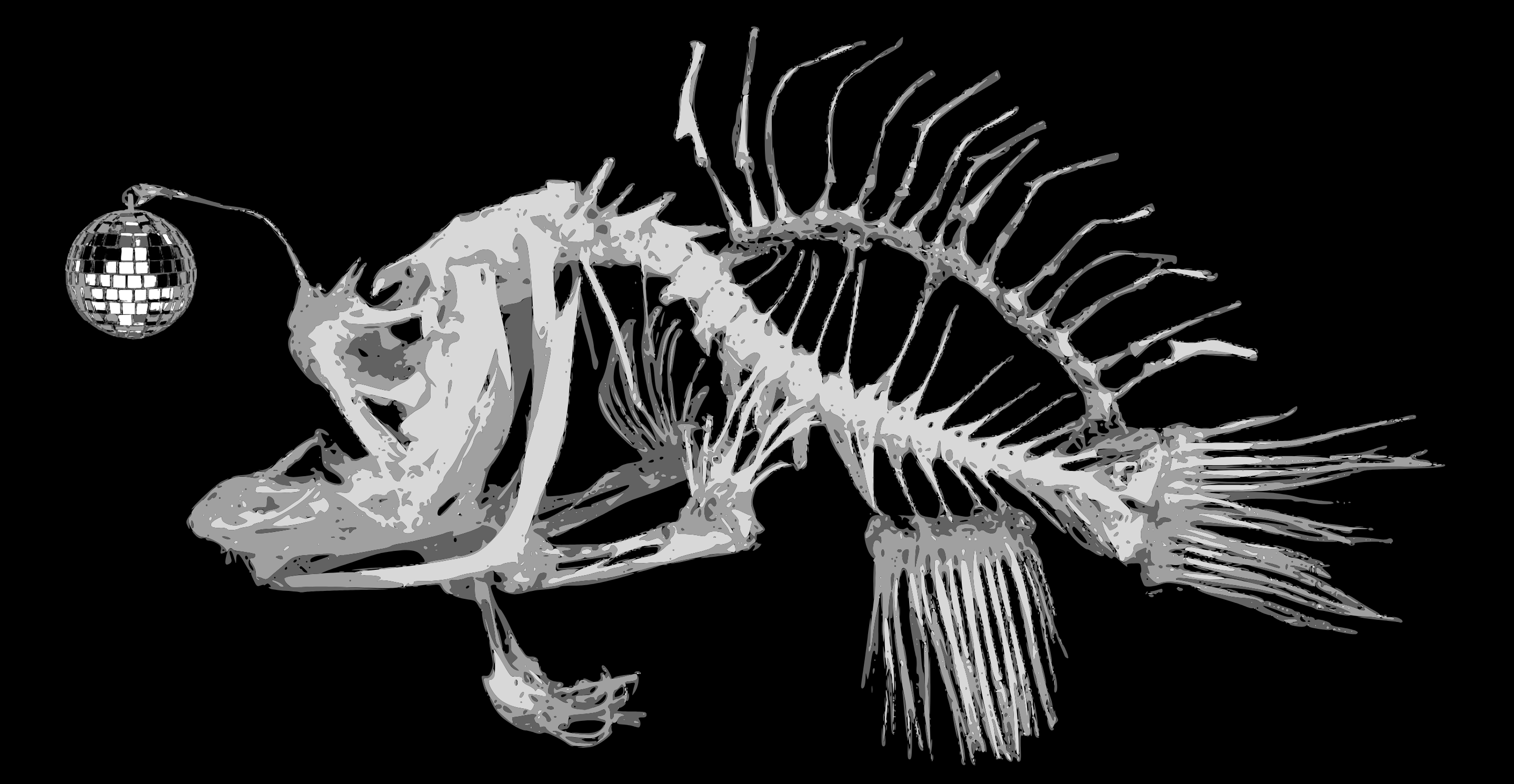Solarpunk is a literary and artistic movement … that envisions and works toward actualizing a sustainable future interconnected with nature and community. The “solar” represents solar energy as a renewable energy source and an optimistic vision of the future that rejects climate doomerism, while the “punk” refers to do it yourself and the countercultural, post-capitalist, … decolonial aspects of creating such a future.
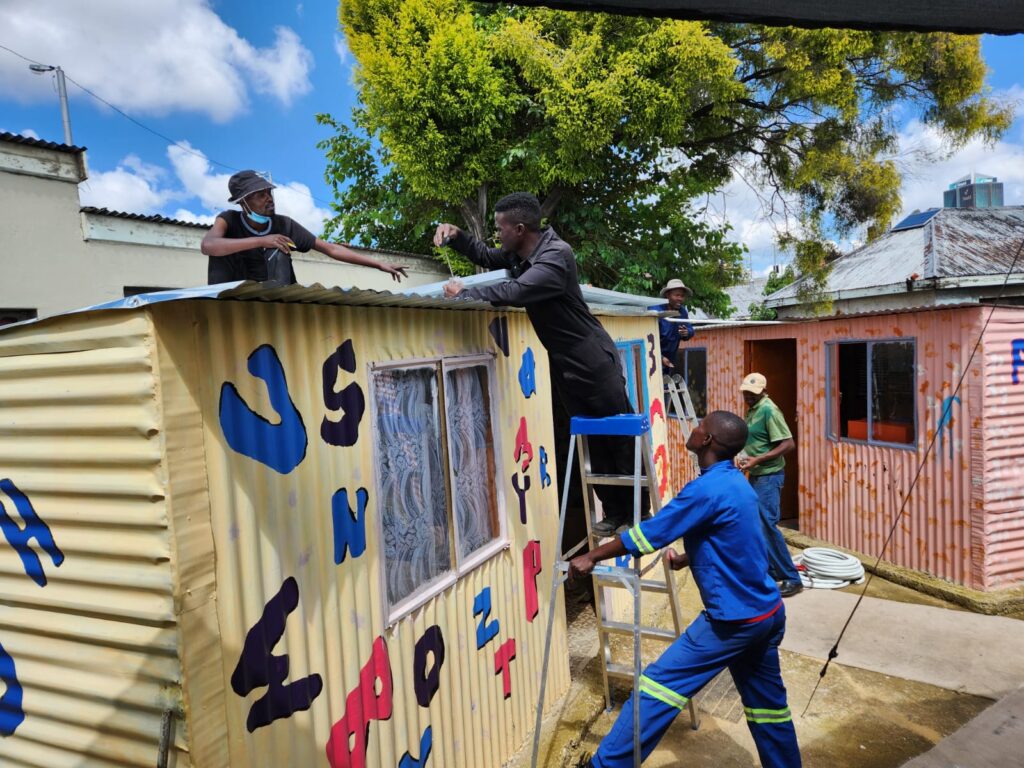
As a science fiction literary subgenre and art movement, solarpunk works to address how the future might look if humanity succeeded in solving major contemporary challenges with an emphasis on sustainability, human impact on the environment, and addressing climate change and pollution. Especially as a subgenre, it is aligned with cyberpunk derivatives, and may borrow elements from utopian and fantasy genres.
…Solarpunk draws inspiration from Bohemian style. The convergence of environmentalism and art serve as a framework for both subgenres. Solarpunk’s interpretation of social collectivism strongly contrasts the individuality of Bohemian counterculture; Solarpunk recognize individuality as an integral component of progressivism and identifies sociocultural distinctions as an impetus for change, though solarpunk encompasses these elements within the greater socioecological scaffolding in a manner that contrasts the Bohemian assertion that individuality alone acts as the sole impetus for change.
The Idea: A SolarPunk Community Hub
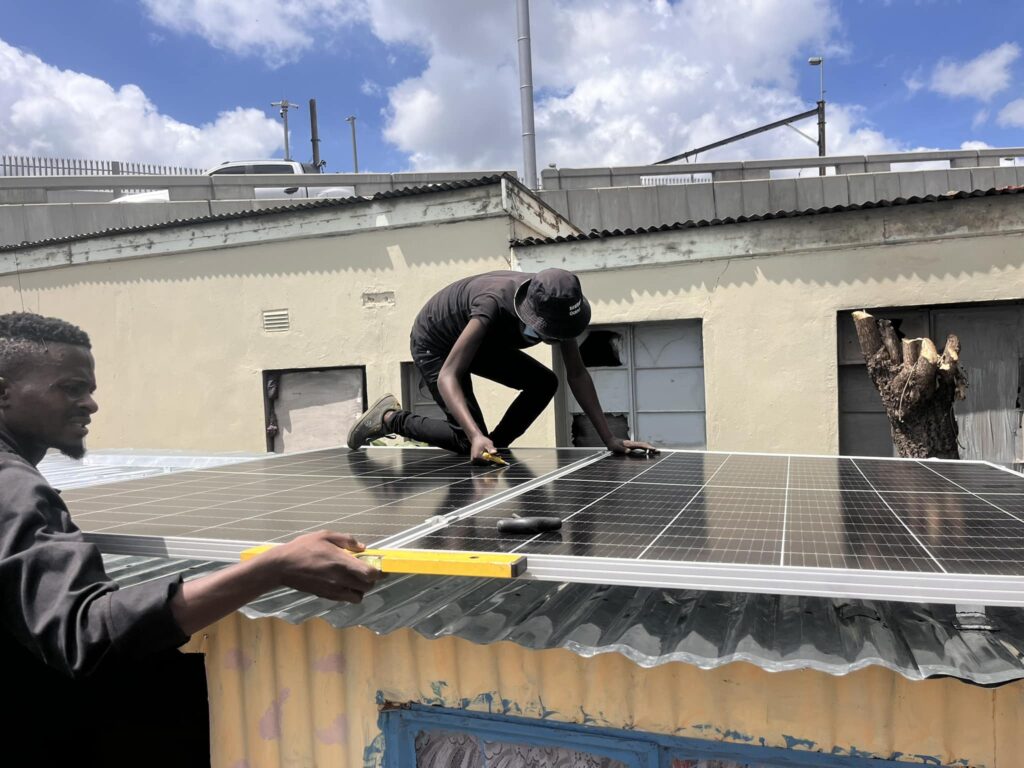
The SolarPunk Community Hub enables off-grid communities to generate, store, and share renewable energy, as well as to access network connectivity and share digital resources. The hub offers a range of resources that community members may access, including: Renewable Energy Production: The Hub produces electrical energy for collective use, with a solar array for power generation, a battery bank for storage, and an inverter for delivering AC power to users.
Community Power Access: The Hub offers multiple ways to access the shared energy, including: multiplugs, adaptors and extension cords for the use of tools and equipment; a high-capacity USB charging hub for simultaneously charging many different kinds of devices (e.g. phones, tablets, etc.); and a dedicated universal battery charger for charging any battery size/type.
Distributed Lighting: The Hub includes a set of rechargeable lamps and a lamp recharging station, allowing community members to access shared energy for lighting by logging out charged bulbs when needed, and returning them to be recharged.
Network Connectivity: The Hub connects the community through an open-access and extensible mesh Wifi network. Rechargeable and/or solar-powered Wifi repeaters allow the network to be extended in space to encompass the community.
Shared Digital Resources: The Hub provides community members with shared server for communication and collaboration, as well as for accessing shared digital resources. These include book and video libraries, as well as an array of educational resources.
Origins of the Hub:
The Hub was originally conceived in collaborative inquiry between solar activist and professional solar installer Sunny Morgan, and Luke and Daniel Buckland. The Buckland brothers, as part of The Memnoc Collective and Well Worn Theatre, participated in a variety of art and performance projects and theme camps at many AfrikaBurn festivals.
During this time they learned to build off-grid community solar and energy storage for sound, lights, power and recharging in the Tankwa Karoo desert. Inspired by the Solarpunk possibilities of this technology for promoting social transformation and energy equity, they joined forces with Sunny – a stalwart of the solar-power-for-the-poor movement.
Together the team is developing a series of prototypes and piloting them at different sites and scales. Their goal is to develop a hardware specification and pricing of components and labour to allow for effective scaling of the Hub to multiple sites serving offgrid and undeserved communities in South Africa and beyond. The initial pilot site was identified as the Bekezela creche and community in Johannesburg. A second site has been identified as George Khosi Hillbrow Boxing Club.
Key features of the SolarPunk Community Hub include:

Electrical safety: A complete set of breakers, switches, fuses, and earthing, as well as ventilation and active cooling, together ensures safe and reliable solar power generation, storage and access. Comprehensive training for users and maintainers ensures safe and reliable usage for the long term.
A community-owned renewable energy resource: solar generation is intermittent but cost-free – coupled with battery storage the intermittent source can ensure a community reliable access to power.
A shared digital space: A low-powered Raspberry Pi computer, hard drive, and WiFi router provides an open-access digital commons, including a neighbourhood chat server for communication and collaboration, book, video and Wikipedia repositories, to facilitate community research, education and entertainment. Additional hard drives allow the community digital storage space for storing and sharing their own documents and media.
Security and governance: To help ensure physical and network security as well as equity of access to shared power and hardware, the Hub includes: a strong, lockable, weatherproof case; a logbook for checking out lamps and other hardware; and configurable network administration to distribute bandwidth and digital resources equitably.
Modular, extensible, scalable: The Hub is designed to be portable, modular, and customisable to meet the needs of individual communities. For communities with existing electrical infrastructure, a competent electrician can integrate a Hub equipped with a hybrid inverter into an existing AC distribution board, improving power access and reliability. It can also be extended with additional solar, wind and other renewable energy sources. The Hub network mesh structure allows it to be organically extended through space by adding additional community-owned routers and repeaters. It can also be augmented with shared 4G/5G or satellite internet bandwidth. The body of shared digital resources can grow through community input, and can be cross-fertilised through connections with other offgrid communities distributed around the world (e.g. using radio frequency, sneakernet, etc.)
The SolarPunk Community Hub provides off-grid communities with immediate, accessible renewable electrical power, network connectivity, and a shared digital space for communication, collaboration, learning and entertainment.
